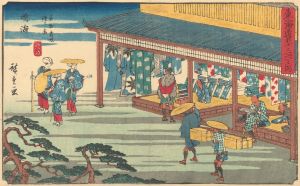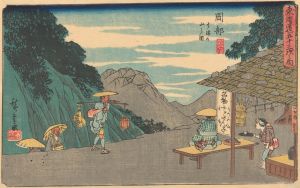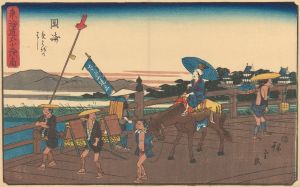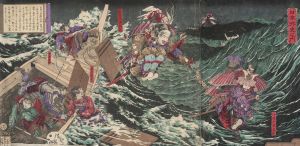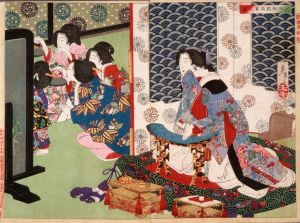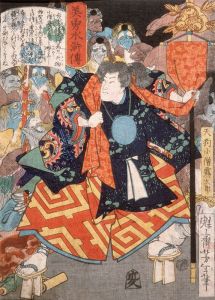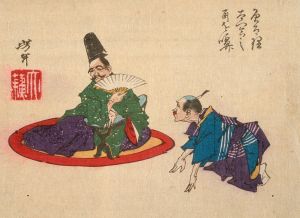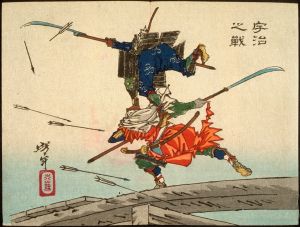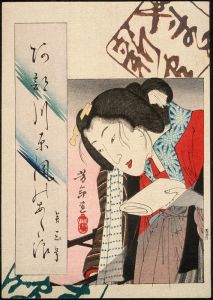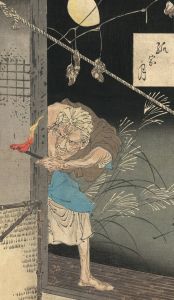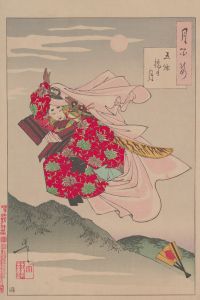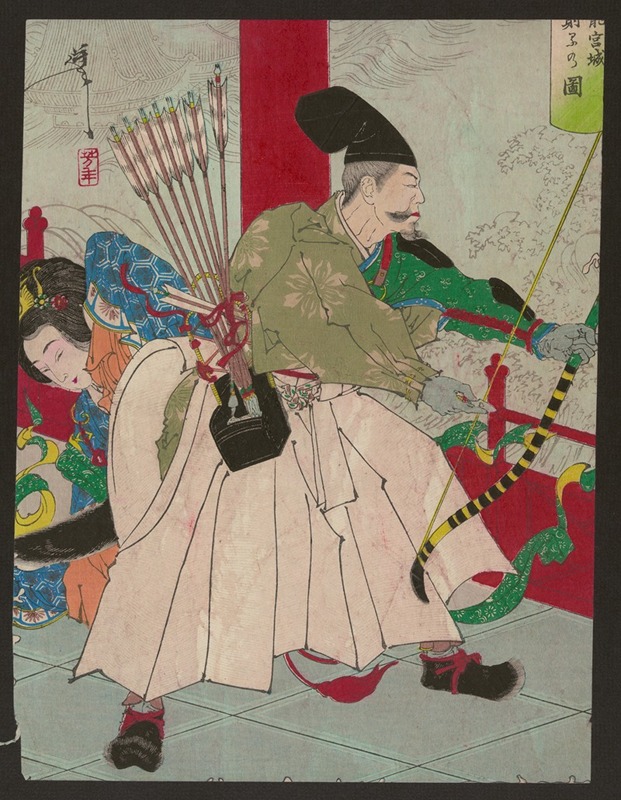
Ryūgūjō
A hand-painted replica of Tsukioka Yoshitoshi’s masterpiece Ryūgūjō, meticulously crafted by professional artists to capture the true essence of the original. Each piece is created with museum-quality canvas and rare mineral pigments, carefully painted by experienced artists with delicate brushstrokes and rich, layered colors to perfectly recreate the texture of the original artwork. Unlike machine-printed reproductions, this hand-painted version brings the painting to life, infused with the artist’s emotions and skill in every stroke. Whether for personal collection or home decoration, it instantly elevates the artistic atmosphere of any space.
Tsukioka Yoshitoshi was a prominent Japanese artist of the late Edo and early Meiji periods, known for his innovative work in the ukiyo-e genre of woodblock printing. One of his notable works is "Ryūgūjō," which reflects his mastery in combining traditional Japanese themes with a unique artistic style that was evolving during his lifetime.
"Ryūgūjō" refers to the Dragon Palace, a mythical underwater castle in Japanese folklore. This palace is often associated with the legend of Urashima Tarō, a fisherman who is taken to the palace by a turtle, where he meets the beautiful princess Otohime. The story is a classic in Japanese culture, symbolizing themes of time, paradise, and the transient nature of life. Yoshitoshi's depiction of Ryūgūjō captures these elements, offering a visual representation that is both enchanting and thought-provoking.
Yoshitoshi's work during the Meiji era was marked by a transition from traditional to more modern themes, reflecting the rapid changes occurring in Japan at the time. His "Ryūgūjō" print is a part of this broader context, where he sought to preserve traditional Japanese stories and aesthetics while also embracing new artistic techniques and influences. This period was characterized by a blending of Western and Eastern art forms, and Yoshitoshi was at the forefront of this movement, often incorporating Western perspectives on light, shadow, and perspective into his prints.
In "Ryūgūjō," Yoshitoshi employs vibrant colors and intricate details to bring the mythical palace to life. The use of color in his prints was particularly innovative, as he experimented with new pigments and printing techniques that allowed for greater depth and richness. This attention to detail and color is evident in the way he depicts the underwater setting, the flowing garments of the characters, and the ethereal beauty of the palace itself.
Yoshitoshi's work is also notable for its emotional depth and psychological complexity. In "Ryūgūjō," he captures the sense of wonder and otherworldliness associated with the Dragon Palace, while also hinting at the underlying melancholy of the Urashima Tarō legend. This duality is a hallmark of Yoshitoshi's style, where beauty and sadness coexist, reflecting the complexities of human experience.
The significance of "Ryūgūjō" extends beyond its artistic merit, as it represents a cultural bridge between Japan's past and its future. Yoshitoshi's ability to adapt traditional stories to the changing tastes and sensibilities of his time ensured that these narratives remained relevant and accessible to new generations. His work continues to be celebrated for its contribution to the preservation and evolution of Japanese art.
Overall, Tsukioka Yoshitoshi's "Ryūgūjō" is a testament to his skill as an artist and storyteller. It encapsulates the rich tapestry of Japanese folklore while showcasing the innovative spirit that defined his career. Through this work, Yoshitoshi not only honored the traditions of his heritage but also paved the way for future artists to explore and reinterpret these timeless stories.





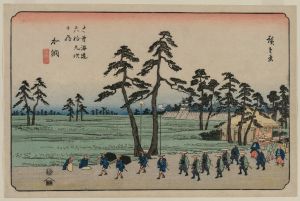
![Tora-no-mon-gai; Aoi Hill, Outside the Tiger Gate [Tora-no-mon]](/imgs/213040/s/ando-hiroshige-toranomongai-aoi-hill-outside-the-tiger-gate-toranomon-6629cde0.jpg)
